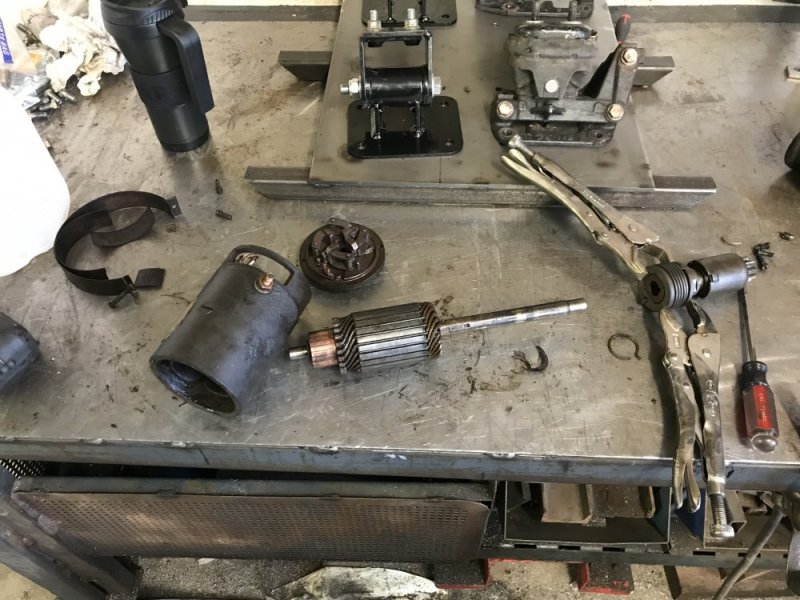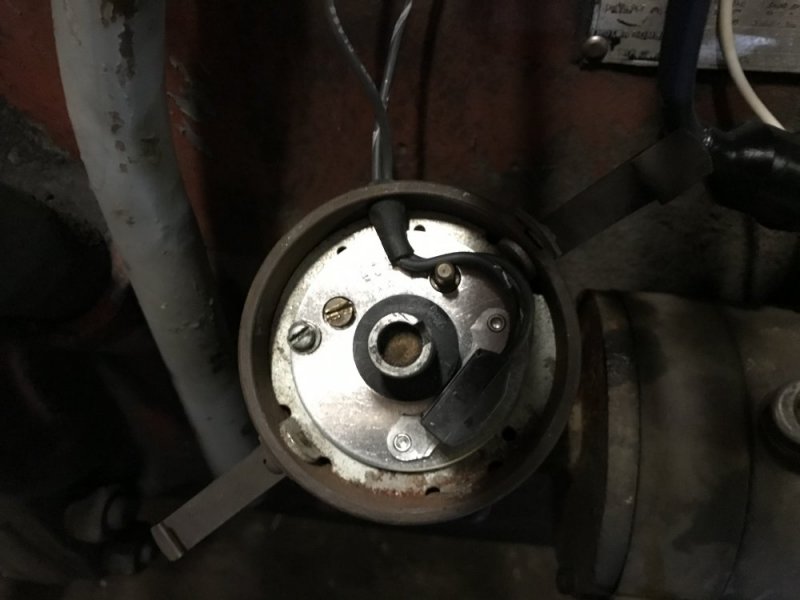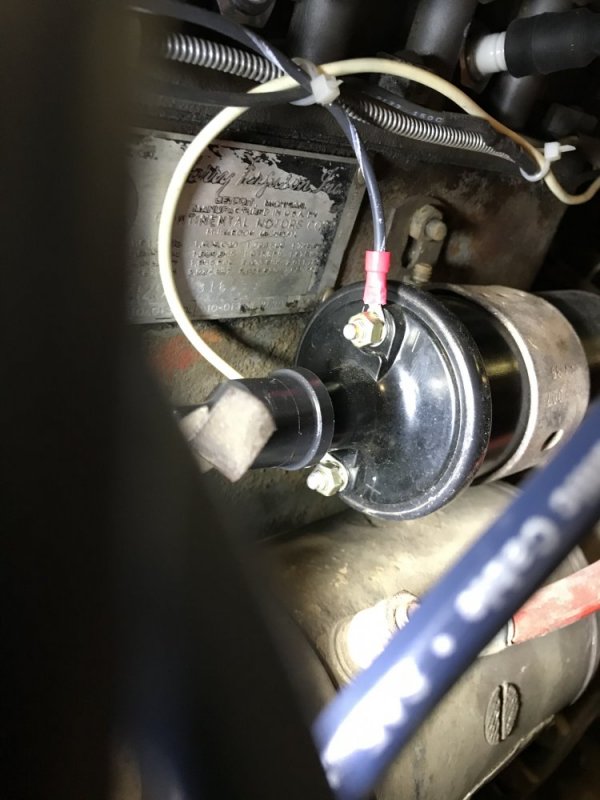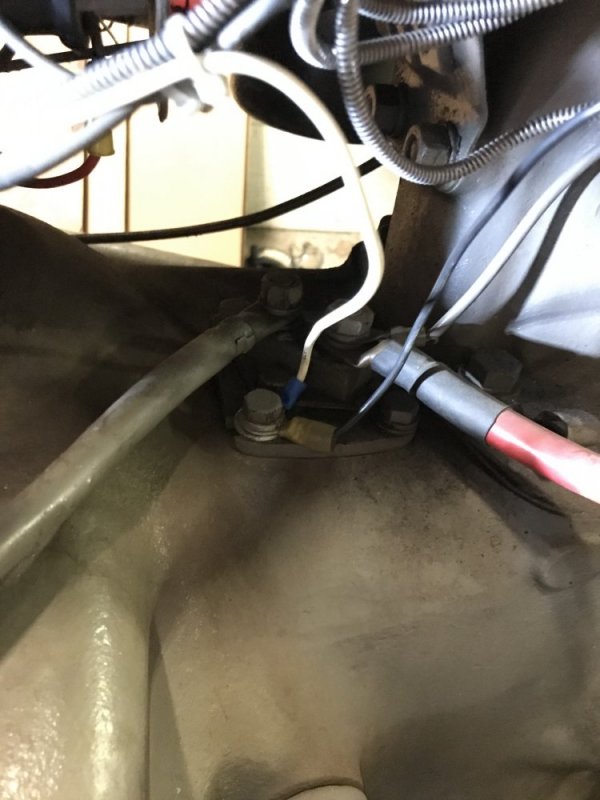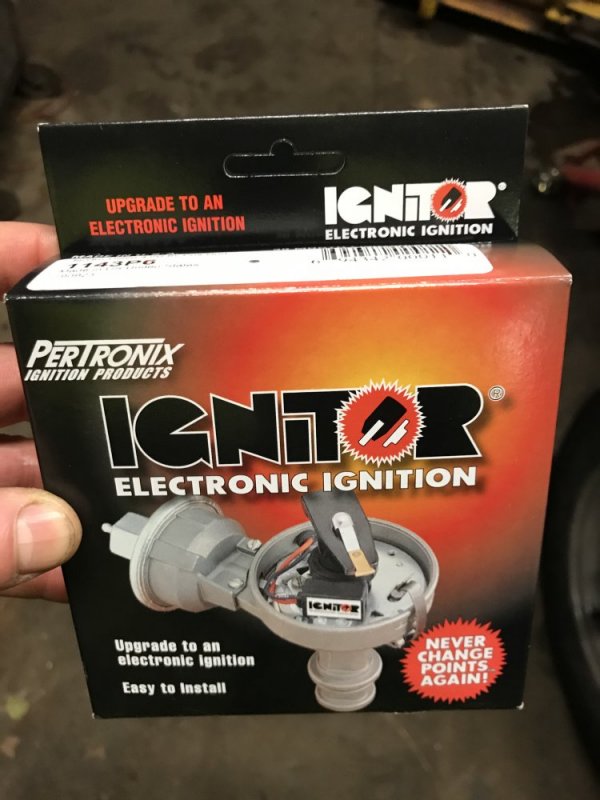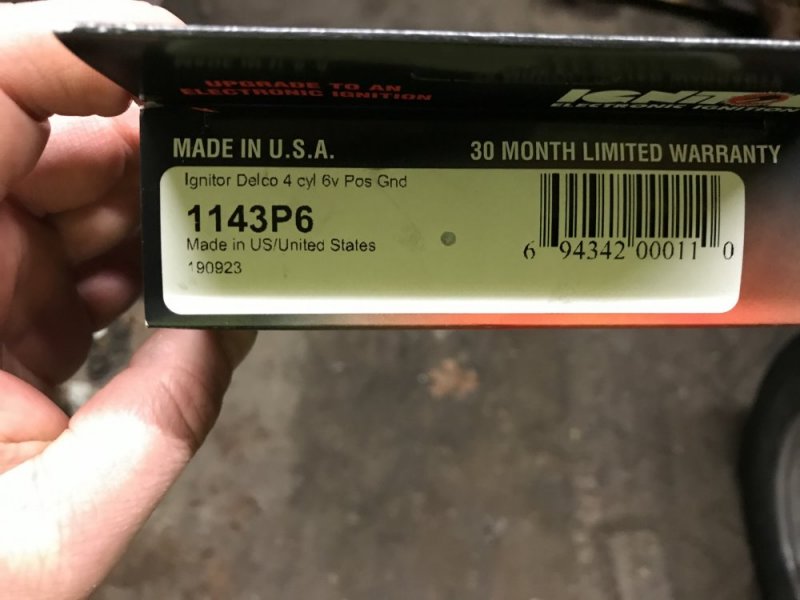n8in8or
I never met a project I didn’t like
Good questions Will. AK answered the question of why the springs exist. There are a lot of hidden things under snow that you can't see and you have a lot more ground speed when snow plowing than you do when moving dirt, so if you do find a hidden obstacle it can be quite a shock to everything. When I told my dad about this project, he told me about a friend of his with an Oliver 55 that did the same thing....only he didn't have the spring loaded blade. He hit something with the blade and ended up cracking the belly frame casting in half!Ok, snow plow question time from the desert guy...
I’ve worked on and operated tons of loaders, dozers, backhoes,etc. but not a snowplow - surprising I know! Haha
In the first pics of the blade attached to the machine it has the concave working side facing almost straight down. Pins for this pivot are in the center junction and at the actuator that controls side discharging. So the two springs that have the wide range of tension adjustment going from lower solid attathment to the top of the blade- the hold the up and down pivoting action in place.??
Is this some kind of passive energy absorbing thing incase you attempt to move too much material?
If so, is that so you dont spin the wheels and get stuck or incase you hit a rock imbedded in a dirt road you are clearing and keep from bending the blade? My understanding is snow blades are much lighter built than an earth moving blade.
It seems the actuator you started with at the angle and now is linear to tractor frame would be at risk for bending if the blade pivots foreword too much. I see the rear pin is to allow upward motion- do you remove the springs and test there is enough movement of actuator to never be damaged if the springs are extended or damaged?
If you ever have questions about how dry dirt can be, and how to make it drier, lmk! Haha. I keep wondering what things I take for granted knowledge here that most dont get- other than everytime I rescue a broke down traveler they never have water for some reason...
The actuator attaches to the frame pivot bracket. In that first picture you referenced, it's the black-ish part that the yellow blade is pivoting on. So even when the blade does trip and pivot, it stays in the same plane of relatively parallel to the ground. There is a little inherent movement because of the clearance for allowing the blade to pivot, but the connections are sloppy enough that they allow for any of that deflection.
Does that help?

